Samsung has been actively enhancing data privacy and security across its Galaxy phones and tablets in recent years. A notable advancement came with the introduction of Auto Blocker, aimed at fortifying device security.
Originally debuted in One UI 6.0 and refined in One UI 6.1, Auto Blocker included five key security functionalities: preventing unauthorized app installations, blocking commands via USB cable, restricting software updates via USB, safeguarding messaging apps, and activating app security checks.
With the latest update, One UI 6.1.1, Samsung has further improved the Auto Blocker feature. Notably, the ability to toggle each security component individually has been removed.
Instead, users now encounter enhanced security protocols, such as requiring biometric authentication to disable Auto Blocker entirely. This additional layer of authentication aims to deter unauthorized access attempts effectively, thereby bolstering overall device security.
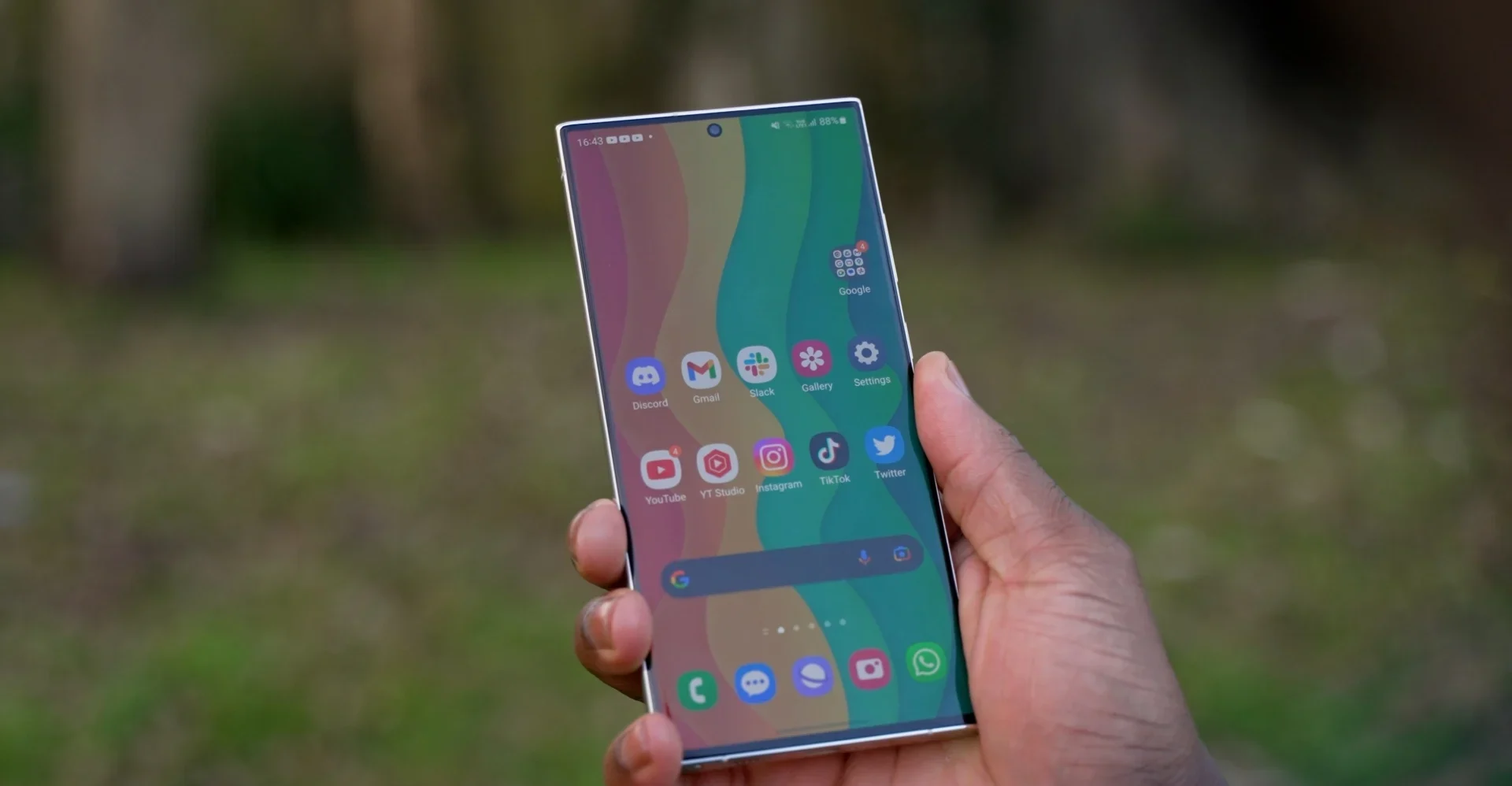
One of the significant enhancements in One UI 6.1.1 is the introduction of ‘Maximum Restrictions’ mode within Auto Blocker. This mode allows users to implement stringent security measures tailored for heightened protection needs.
It includes features like App Security Checks, although this particular feature is now optional. When Maximum Restrictions mode is activated, certain functionalities, such as apps with administrator access, work profiles, shared albums, and GPS-linked photo sharing, may be restricted to ensure a robust security posture.
Samsung’s commitment to continuously enhancing data privacy and security underscores its proactive approach to safeguarding user information and device integrity. By integrating stricter security protocols and refining existing features like Auto Blocker, Samsung aims to provide users with a safer digital environment while maintaining usability and functionality.

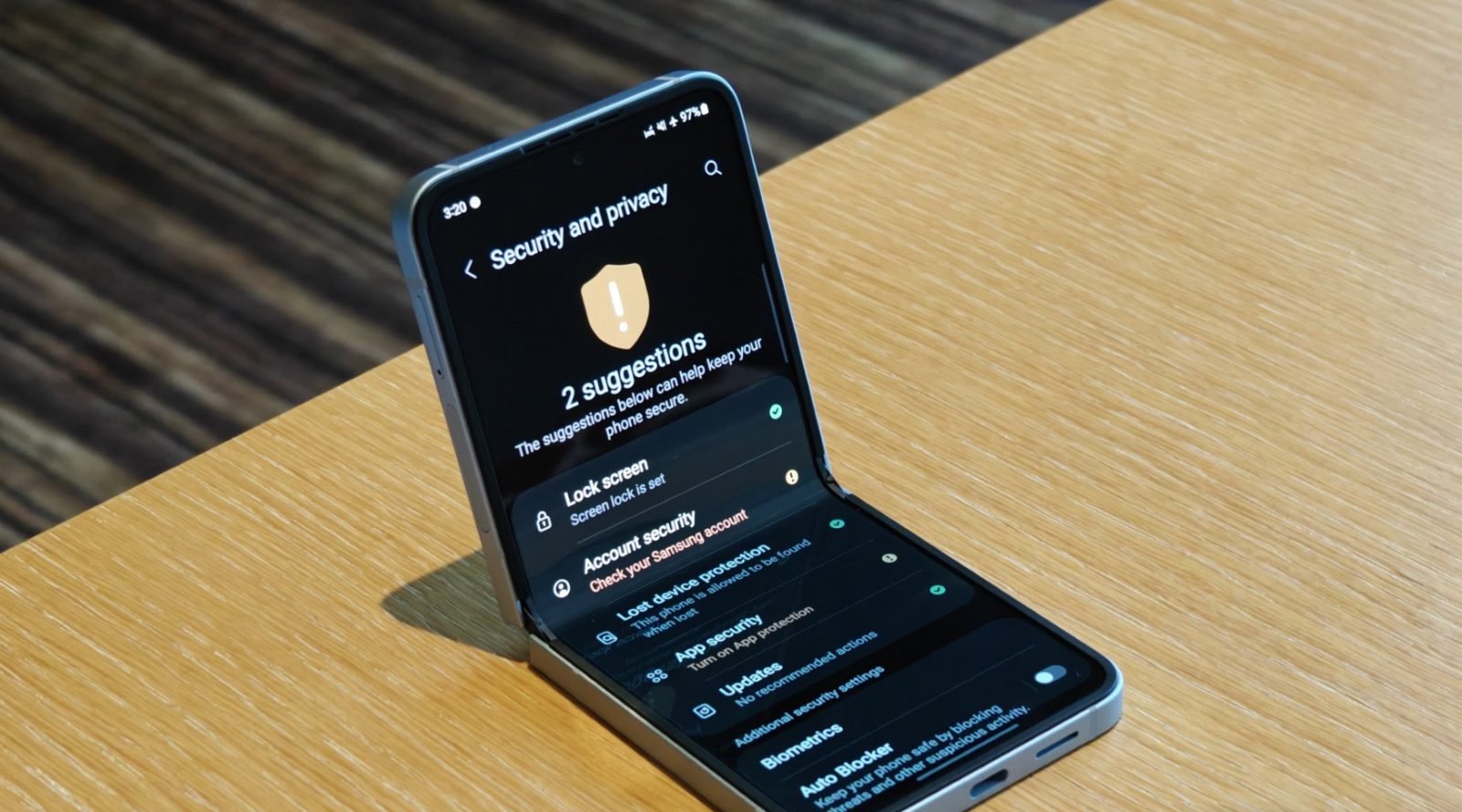
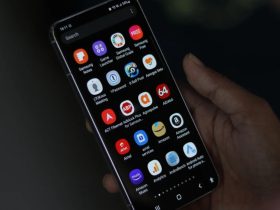
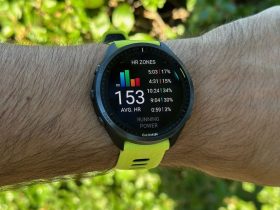

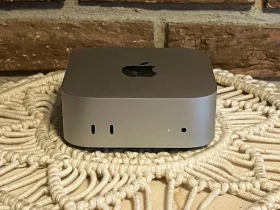
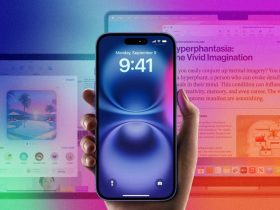
Leave a Reply